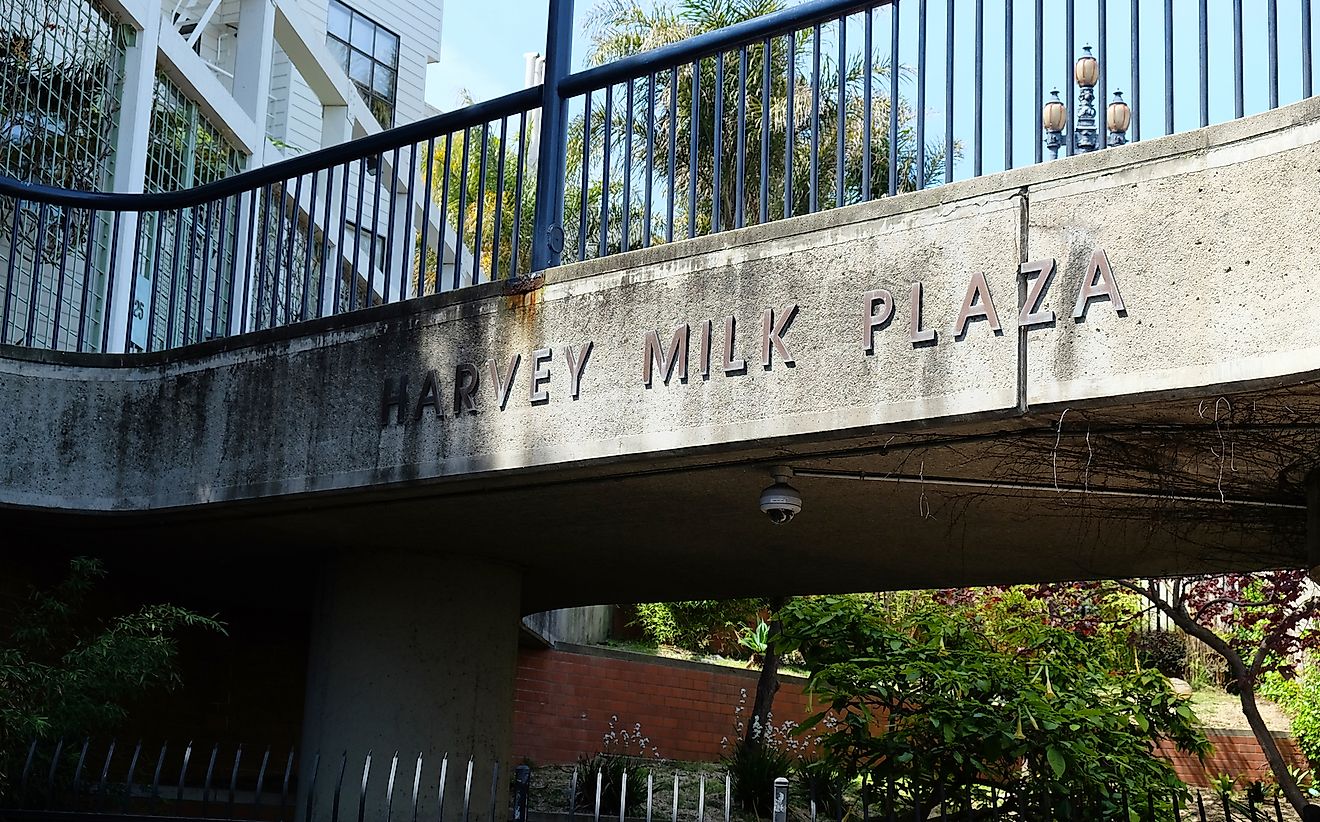The Moscone-Milk Assassination

On November 27, 1978, Dan White, an ex-supervisor in San Francisco, shot and murdered the mayor of San Francisco George Moscone and San Francisco Supervisor Harvey Milk. The motive behind the killings was the fact that Moscone declined to reappoint White to his former position on the Board of Supervisors. Harvey Milk was also one of the most active lobbyists against restoring White to his seat. The verdict that White received for these assassinations ignited San Francisco's "White Night Riots" as he was ultimately declared guilty for voluntary manslaughter instead of first-degree murder. This was due to his criminal defense based on diminished capacity, which, after the Riots, was abolished in the state of California. Just over a year after getting released from prison, in 1985, White died by suicide.
The Context of the Moscone-Milk Assassinations
White and Harvey Milk were both appointed to the seats in the Board of Supervisors in San Francisco in the elections of 1977. White previously held a job with the fire department, which he could not keep after the elections due to the City's prohibition of holding two city jobs at the same time.
Within the Board of Supervisors, Milk and Moscone argued in favor of neighborhood-centric approaches to development, while White was advocating the business-oriented viewpoint along with the majority of the Board members. White was also the only member to cast its vote against the necessary gay rights ordinance, which Moscone signed in 1978.
Dissatisfaction with how the city politics were conducted, along with troubles with his finances, White decides to step down from his Supervisor position on November 10, 1978. The conservatives on the Board were afraid Moscone would now appoint a liberal successor to take White's place and urged the Major to revoke his resignation. Milk and other progressive leaders in San Francisco were against the reappointment. On November 18, of the same year, came the news of the mass deaths connected to the Peoples Temple in Jonestown. Many of those who died were originally from the Bay Area, which made the City's priorities shift, and the question of what to do with White was moved to the side for a while.
San Francisco's Mayor George Moscone
After the City was back on track with its regular duties, Moscone decided against reappointing White and instead opted for a liberal, Don Horanzy. On November 27, 1978, Moscone was supposed to formally confirm the new member, when White appeared in the San Francisco City Hall carrying a Smith & Wesson. The weapon was his service gun from the days of his employment as a police officer, and he had a pocket full of extra ammunition. Knowing he would be stopped at the metal detectors, White opted to get into the City Hall through the window on the first floor. Once in the building, White got to the mayor's office and asked to see him. He was told that Moscone would see him after his current meeting ends. Moscone and White met in the office when White again asked for his former position. The mayor denied his request, and the argument became extremely heated.
Not wanting people outside to hear their fight, Moscone led them to his private lounge next to his office. While the mayor was pouring drinks for the two of them, White drew the gun and shot him, puncturing one of his lungs. Moscone fell to the ground, after which White approached and shot him two more times, directly in the head.
Harvey Milk
Directly after killing Moscone, White fled the mayor's office, at which point Dianne Feinstein, who was the President of the Board of Supervisors, saw him and called out his name. He responded that he needed to do something first.
On the way to his old office in the City Hall, White bumped into Harvey Milk and asked him for a moment. Milk agreed and followed him inside the office. White closed the door, took out his gun and fired five shots into Milk, two of which were fired into his head at close range. Feinstein found Milk dead on the office floor while White took off from the crime scene. While being in extreme shock after she identified the bodies, Feinstein also did her duty and uncovered what happened to the confused public as well as the name of the suspect.
White subsequently turned himself in to his former police colleagues. He admitted to the murders by giving a recorded confession. However, he denied that he premeditated the murders.
Dan White's Twinkie Defense
Dan White was initially met with a first-degree murder charge with a special circumstance. The charge would potentially mean a death sentence for White. However, his legal team based his defense on the claim that he was depressed at the time of the killings, for which they presented his eating of junk food as evidence. The media took these arguments in a different direction and called it a "Twinkie defense," mocking the attempt of the defense team to blame his mental state on junk food. This was, of course, not the correct interpretation of the defense's claim. The actual argument was that White suffered from depression, which caused him to be of diminished mental capacity and in turn, incapable of premeditating the murders. The jury found these arguments to be sound, and White was instead charged for voluntary manslaughter.
There very many who felt the final verdict was not well matched for the crime of that degree, especially the gay community. Considering that Milk was openly gay, there was a lot of speculation around the real motivations behind the reduced charge and the following sentence. Dan White was released from prison in 1984 and took his own life not even two years later.











